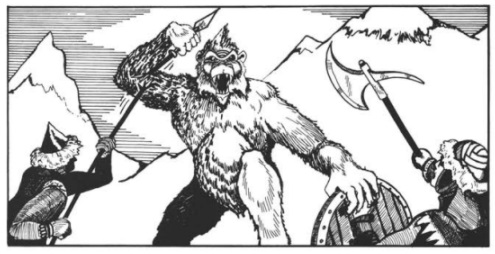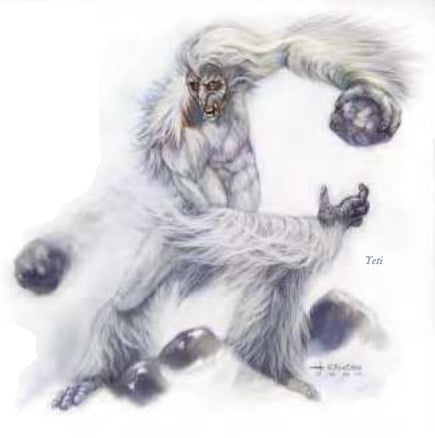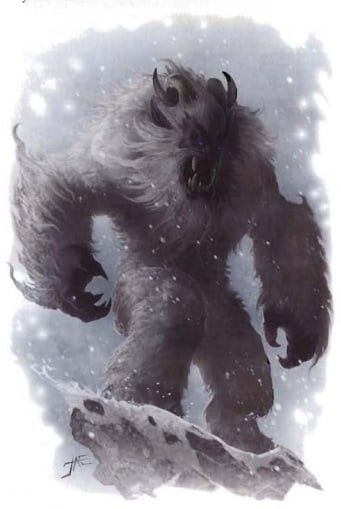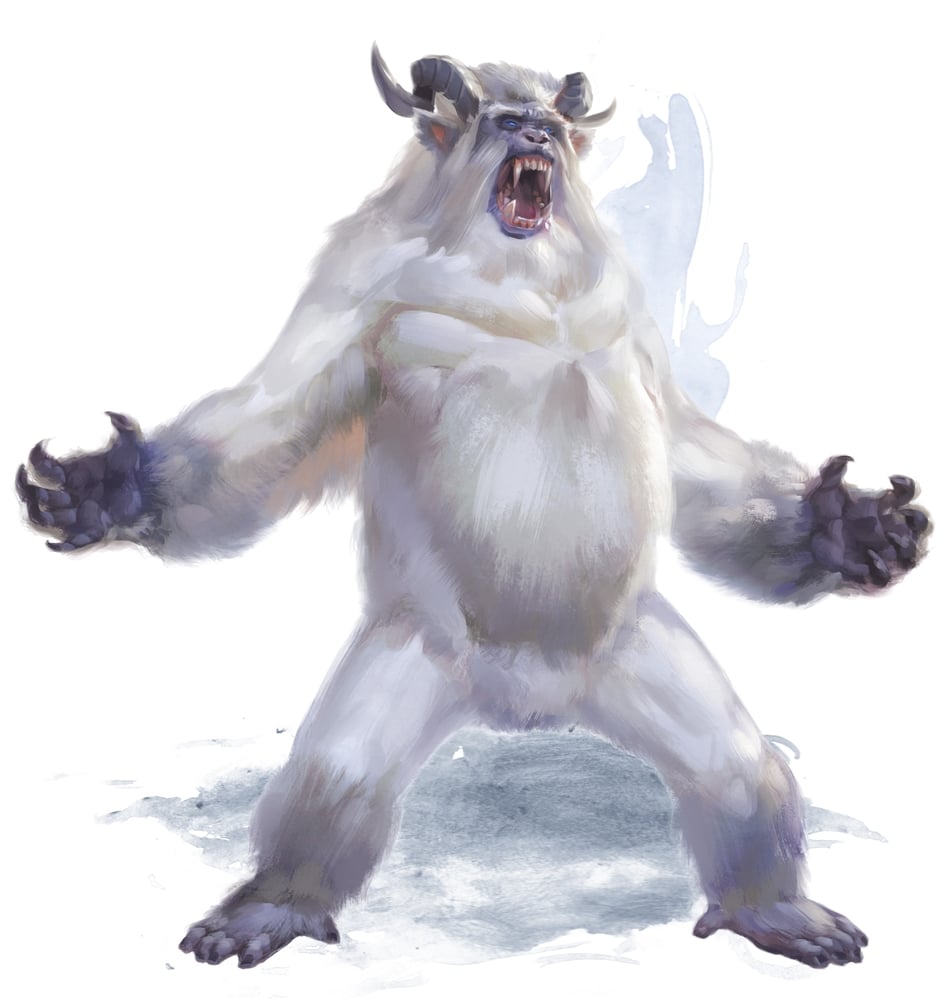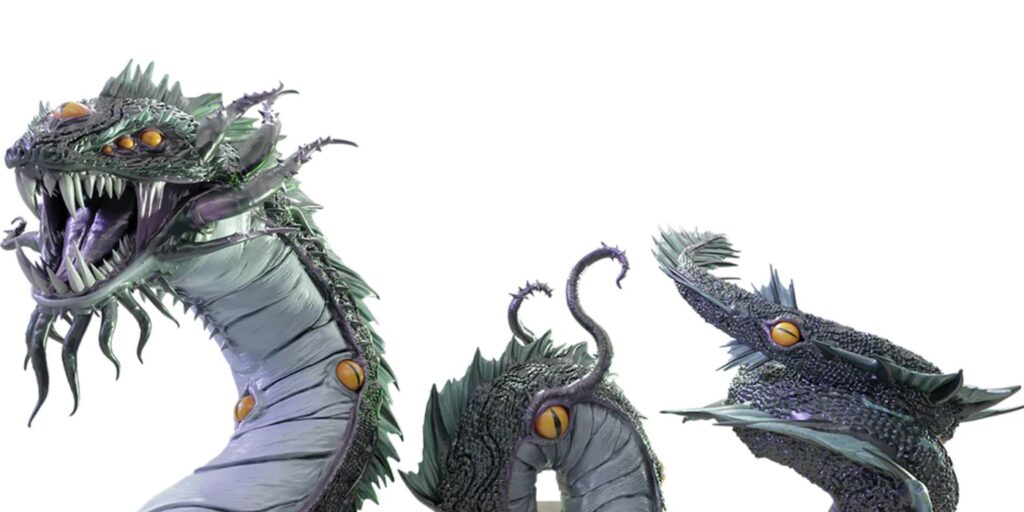D&D Monster Spotlight: Tis’ the Season for the Yeti
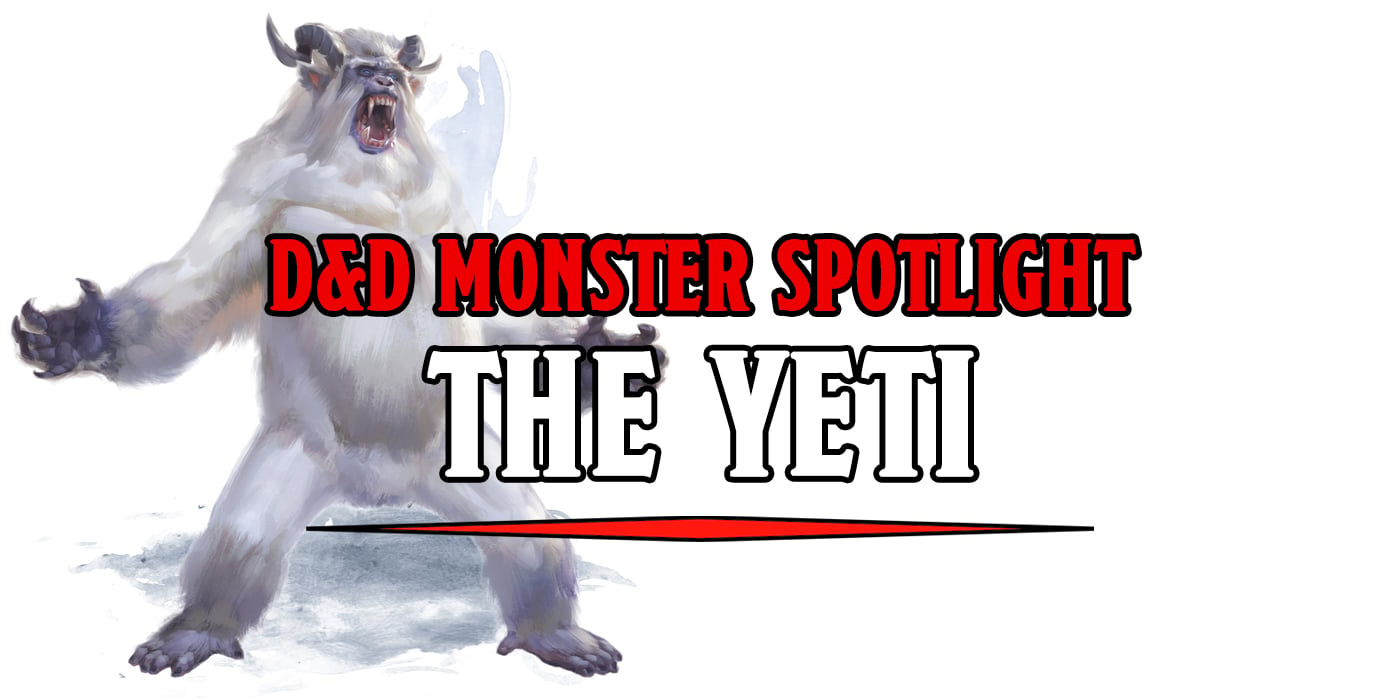

Oh, the weather outside is frightful. This week, let’s look at a monster that’s synonymous with the cold and winter– D&D’s take on the Yeti.
Living deep in the snowy Himalayan Mountains, the Yeti is one of our world’s most famous legends. Also known as the Abominable Snowman and by many other more locally used names, this bipedal apelike creature is known for terrifying the mountain climbers lucky (or unlucky) enough to see it.
But within your D&D campaign, the Yeti is the perfect monster to have make an appearance during your players’ next adventure to a snowy mountain. What is the Yeti like in D&D? How is it different from our legends? And what should your character do when faced with one?
First Edition
Like the real-world legend of the Abominable Snowman, Yetis in D&D only live in the coldest climates and are very rare to encounter. In order to find a Yeti your party will need to be in parts of the map where few warm-blooded creatures would- or could- live.
However, the Yeti of Dungeons and Dragons is “very fond of human flesh,” and all three hundred pounds of it will try to eat your character and their party members if given the chance.
Second Edition
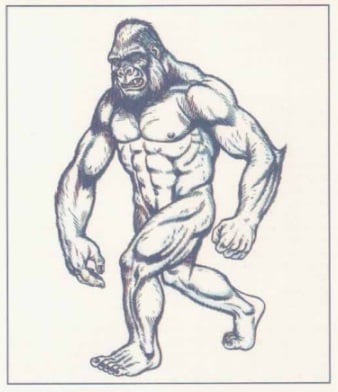
Are Yetis usually covered in fur? Yeah. But then you may not know that they’re jacked, and 2E couldn’t take that risk.
Yetis of 2E are hunters, experts in stalking their prey, gaining the element of surprise, and the eventual ambush. Of course, this tactic is made infinitely easier when mixed with their natural camouflage. Their white fur helps them blend in against their showy white habitat, making them invisible to their prey until they’re within ten yards.
Locals who may be more familiar with the region and the monsters who live there have an easier time detecting a Yeti. But with a twenty-five percent success rate, they’re only a little better at finding a stalking snow monster than pointing in one of the four cardinal directions and yelling “Abominable snowman! Maybe!”
Third Edition
Heat-absorbing fur and a transparent extra eyelid deigned to help them see clearly in the snow, Yetis are made for the cold weather in ways that other living things aren’t. And they use these advantages while hunting for local adventurer meat.
Improved Grab and Constrict make them excellent grapplers, and sharp claws make them fierce creatures to take on face-to-face. Also, they speak Giant. Just in case anyone in your party does and wants to try to reason with a Yeti.
Fourth Edition
In previous editions, the people who lived in the mountains had a difficult time tracking and predicting Yeti attacks. But by fourth edition, they seem to have gotten it down to an art.
Yetis love meat and have an uncanny sense of smell, which they use for hunting. The smell of rotting flesh, however, can be easily used to dissuade them from approaching.
Locals of the mountain will also carefully monitor their herds of deer, goats, and sheep. Because unsurprisingly, when a Yeti is approaching, the livestock gets agitated and scared.
Fifth Edition
Yetis are terrifying monsters who will attach humanoid settlements if hungry enough. But they’re fearful of fire and have a disadvantage on attack rolls if hit with fire damage.
Unfortunately, their gaze can freeze an enemy in chill and fear, making members of your party easy targets. Is everyone in your party is fighting un-paralyzed? Yetis still have high running and climbing speeds, sharp claws, and a keen sense of smell for hunting.
Have you encountered a Yeti in your D&D adventures? Do you believe that the Yeti in our world is real? What’s your favorite cold weather monster? Let us know in the comments!
Happy Adventuring!

